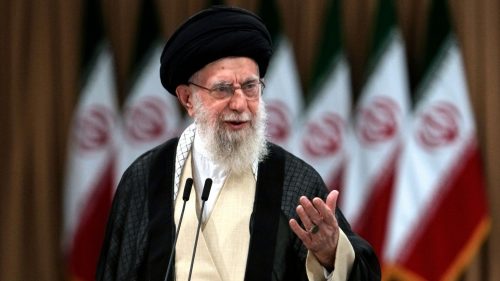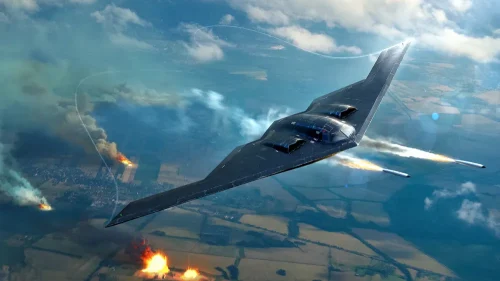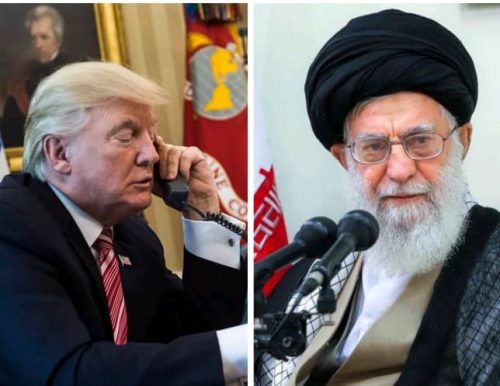
Iran retains the ability to resume uranium enrichment within months, despite recent U.S. and Israeli strikes on its nuclear infrastructure, the head of the UN’s nuclear watchdog has said.
While acknowledging the American attacks had inflicted “severe damage” on Iranian nuclear sites, the Director-General of the International Atomic Energy Agency (IAEA), Rafael Grossi said the attacks did not completely destroy Tehran’s capabilities.
“The capacities they have are there, in a matter of months—or perhaps even less, they could have a few cascades of centrifuges spinning and producing enriched uranium,” Grossi said.
He added, “One cannot claim that everything has disappeared. Iran still has industrial and technological capabilities, so if they so wish, they will be able to start doing this again.”
Grossi’s remarks come after coordinated military strikes by Israel and the United States on suspected nuclear and military targets in Iran.
The Israeli attack on 13 June targeted what officials described as sites close to developing a nuclear weapon.
The U.S. followed with its own operation tagged “Operation Midnight Hammer”—on 22 June, hitting facilities at Fordow, Natanz, and Isfahan.
Satellite images show renewed activity at Fordow, including excavators at tunnel entrances—an indication, analysts say, of Iran preparing to rebuild.
While Iran has long maintained that its nuclear activities are strictly for civilian energy purposes, the recent escalation has raised concerns about how close Tehran might be to acquiring weapons-grade material.
President Donald Trump claimed last weekend that the deployment of 30,000-pound GBU-57 “bunker-buster” bombs had “obliterated” Iran’s nuclear programme.
However, an initial assessment from the U.S. Defence Intelligence Agency (DIA) challenges that claim.
A senior intelligence source revealed Iran’s enriched uranium stockpiles were not eliminated and that most of the programme, which is buried deep underground, may only have suffered a temporary setback—delaying operations by “a month or two.”
Trump dismissed these assessments, warning that further strikes are on the table if Iran resumes high-level enrichment.
At a joint news conference with U.S. Defence Secretary Pete Hegseth, General Dan Caine, Chairman of the Joint Chiefs of Staff, defended the use of bunker-buster bombs, saying they were designed specifically to target fortified underground sites.
CIA Director John Ratcliffe echoed that sentiment, citing “a body of credible intelligence” suggesting multiple key nuclear facilities were “severely damaged” and would take years to rebuild.
Despite the blows, Iran has struck back. On 23 June, it launched missiles at a U.S. military base in Qatar in what Supreme Leader Ayatollah Ali Khamenei described as a “slap in the face” to America.
“We will never surrender,” Khamenei declared.
Though a 12-day conflict between Israel and Iran has now ended with a U.S.-brokered ceasefire, tensions remain high. Iran’s military chief, General Abdolrahim Mousavi, has expressed doubt that Israel will adhere to the truce.
However, Iran’s foreign ministry has confirmed that the U.S. strikes caused “significant” damage to its nuclear infrastructure, but did not reveal how much capability remains intact.
Source; the whistler.ng

Enock Akonnor is a seasoned Ghanaian journalist, serving as CEO and Managing Editor for www.leakyghana.com. His gravitas, which is mirrored by many years of proven and enviable experience in the field of journalism has positioned him among the most sort after media practitioners in Ghana.
Contact: +233 541921562
Email: enockakonnor2013@gmail.com





